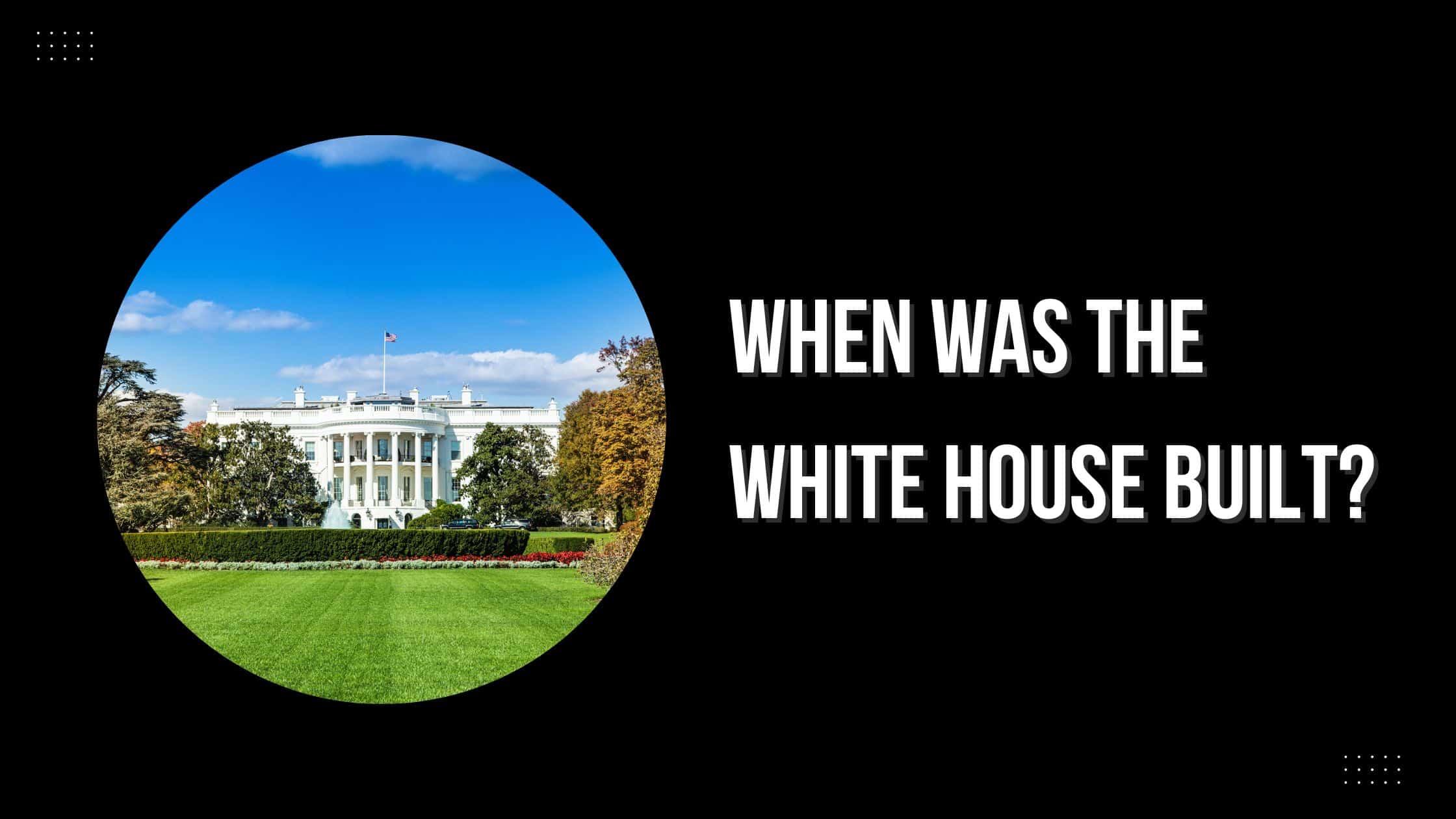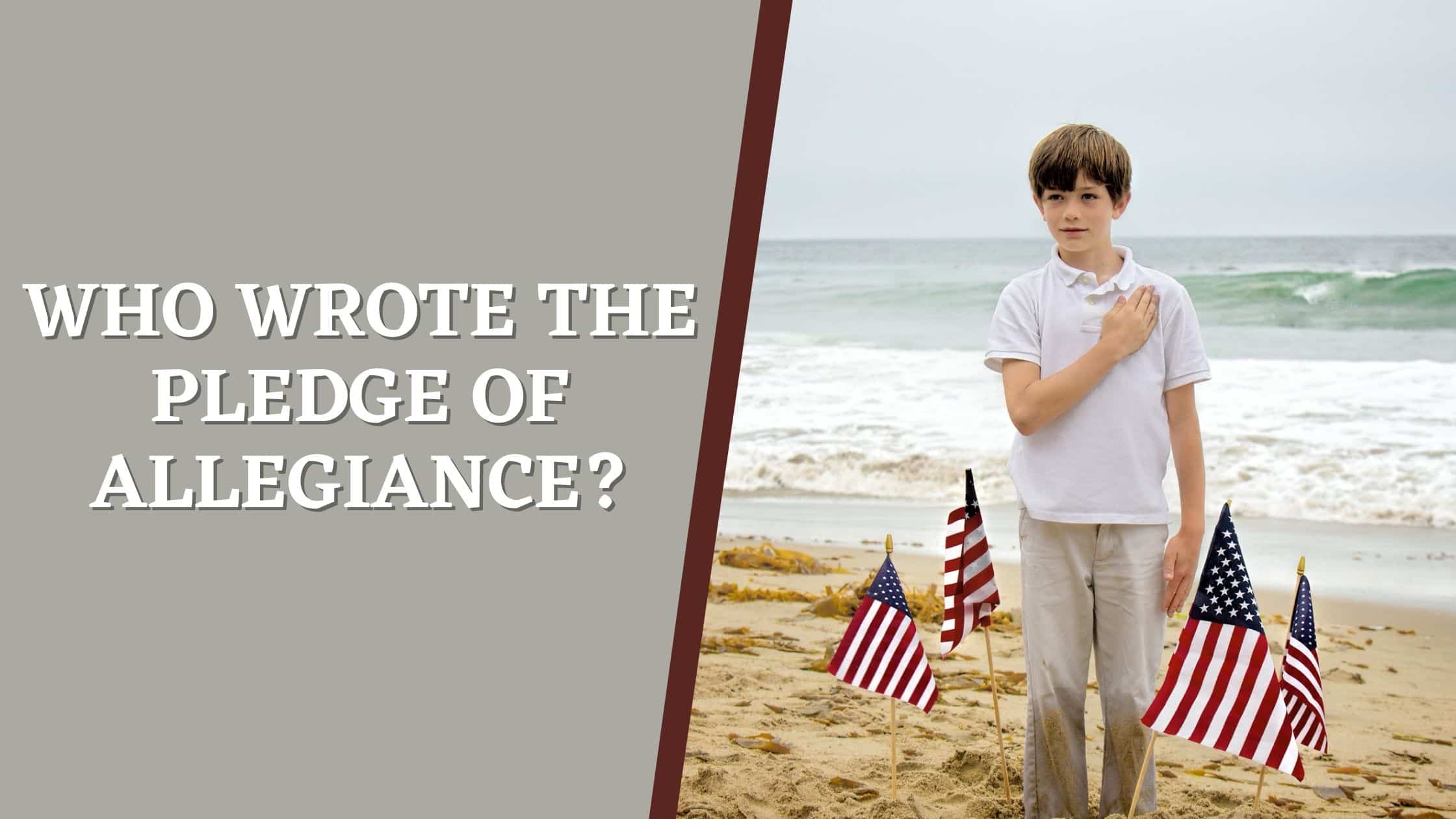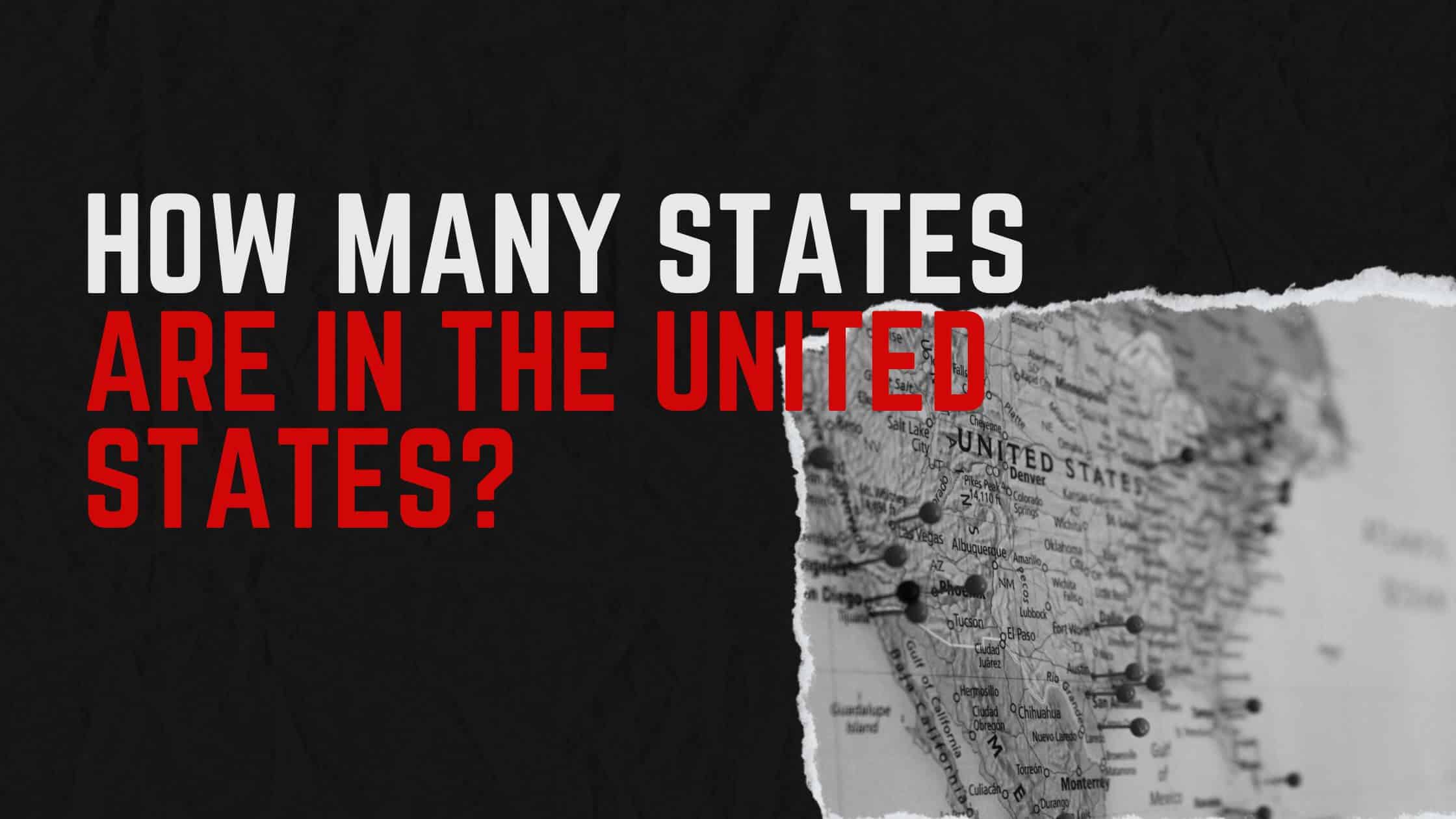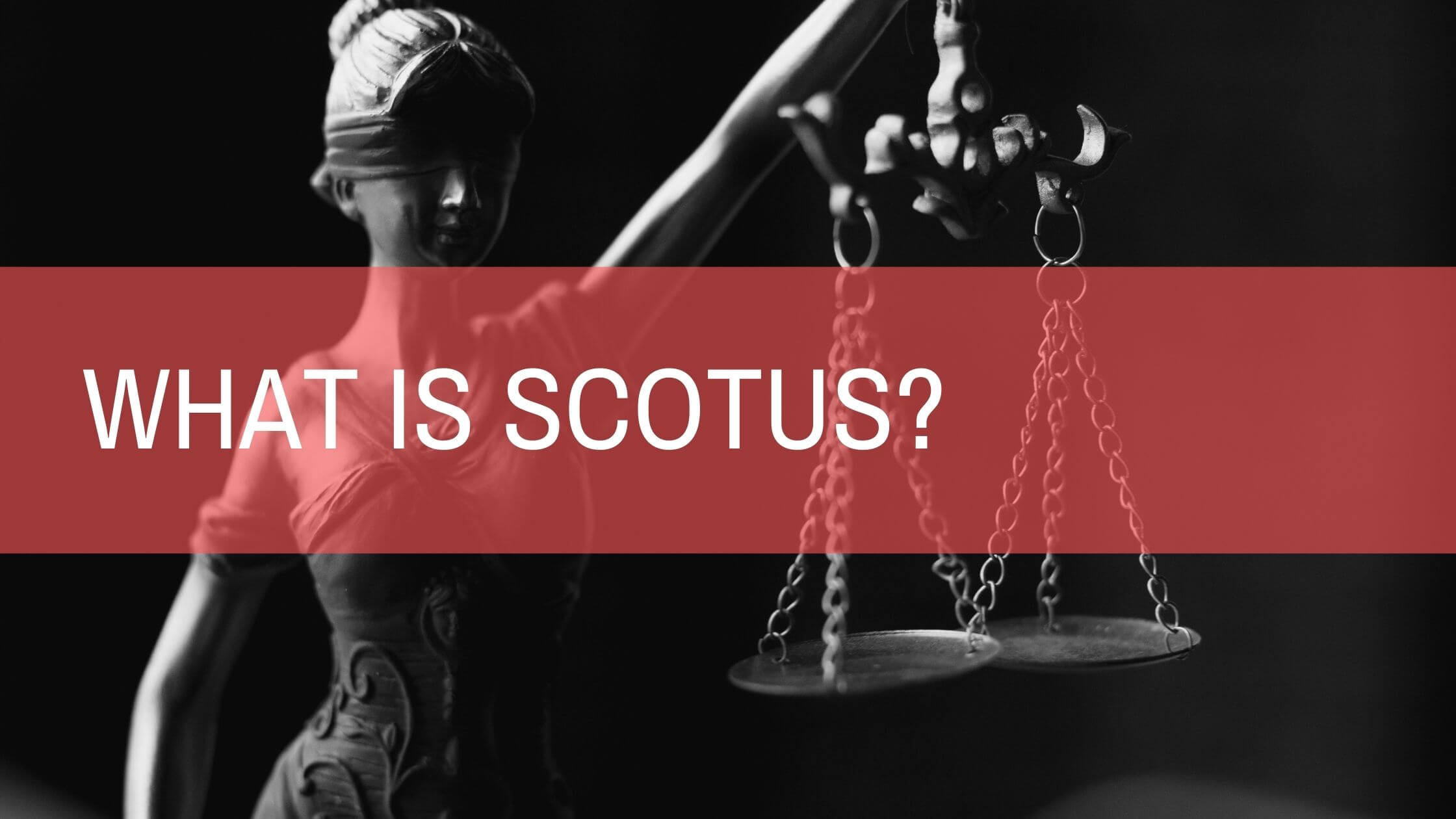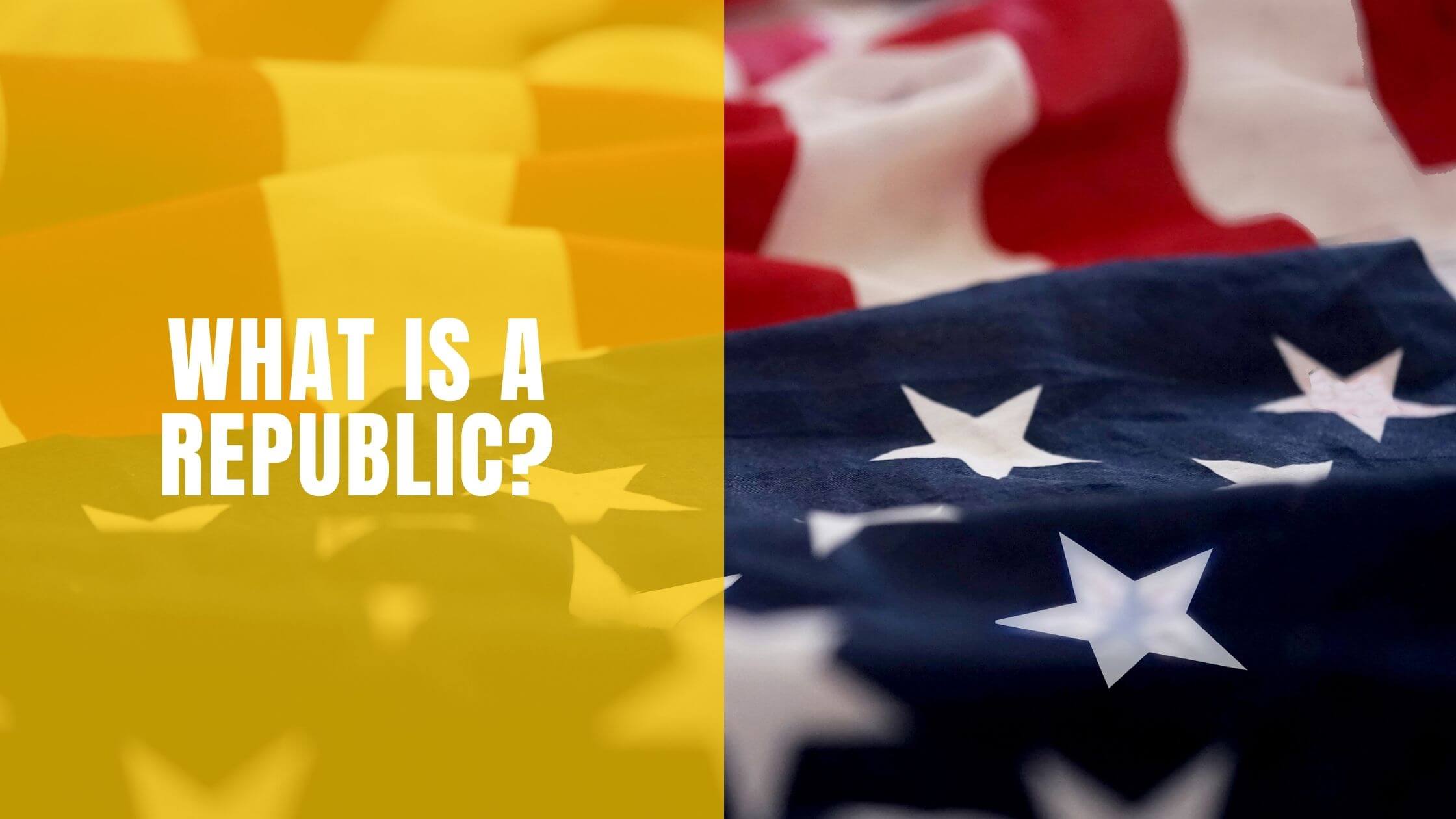Table of Contents
ToggleSources
- https://www.loc.gov/item/today-in-history/september-14/
The Library of Congress provides authoritative information on the history of 'The Star-Spangled Banner,' including details about its composition and adoption as the national anthem. - https://www.battlefields.org/learn/war-1812
The American Battlefield Trust offers detailed historical context on the War of 1812, which is essential for understanding the circumstances under which 'The Star-Spangled Banner' was written. - https://www.si.edu/spotlight/flag-day/banner-facts
The Smithsonian Institution provides verified facts about the flag that inspired 'The Star-Spangled Banner,' as well as the song's history and significance. - https://www.archives.gov/publications/prologue/2007/summer/star-spangled.html
The National Archives offers historical documents and analysis related to 'The Star-Spangled Banner,' including its adoption as the national anthem and its controversial aspects. - https://www.history.com/news/the-star-spangled-banner-controversies
History.com provides an overview of the controversies surrounding 'The Star-Spangled Banner,' including its origins, lyrics, and criticisms over time.
Key Points
- Francis Scott Key, a slaveholder, wrote 'The Star-Spangled Banner' on September 14, 1814, inspired by the Battle of Baltimore during the War of 1812.
- The song was originally titled 'Defense of Fort M'Henry' and was set to the tune of a British drinking song, 'To Anacreon in Heaven.'
- The War of 1812 was primarily between the U.S. and Britain, with issues like trade interference and British recruitment of U.S. sailors fueling the conflict.
- The British bombardment of Fort McHenry and the sight of the American flag still flying at dawn inspired Key's lyrics.
- Before 'The Star-Spangled Banner,' 'Hail Columbia' served as the unofficial national anthem of the U.S. for most of the 19th century.
- President Woodrow Wilson designated 'The Star-Spangled Banner' as the national anthem in 1916, and it was officially adopted in 1931.
- The song has faced criticism for its difficult vocal range, glorification of violence, and origins as a British drinking tune.
- Key's original poem included a verse referencing slavery, reflecting his slaveholding background and exclusionary views.
- The U.S. has two official pieces of music: 'The Star-Spangled Banner' as the national anthem and 'The Stars and Stripes Forever' as the national march.
- Key's personal beliefs and the song's controversial origins have led to ongoing debates about its appropriateness as the national anthem.
Summary
Francis Scott Key, a slaveholder and lawyer, wrote *The Star-Spangled Banner* in 1814 after witnessing the Battle of Baltimore during the War of 1812. The song, set to a British drinking tune, became the U.S. national anthem in 1931, though it has faced criticism for its difficult vocal range, violent themes, and controversial lyrics referencing slavery. Despite its complex origins, it remains a symbol of American patriotism, alongside *The Stars and Stripes Forever* as the national march.
Francis Scott Key, a Maryland lawyer and slaveholder, composed ‘The Star-Spangled Banner’ on September 14th, 1814. It was adopted as the United States’ national anthem more than a century later. There’s much more to the story behind the song, though, and many interesting facts that the ordinary American may not be aware of.
How The Star-Spangled Banner Was Written
The War of 1812 was primarily a conflict between the United States and the United Kingdom, although the French also impacted its outcome. A contributing factor to the war was Great Britain’s interference with American trade using its powerful navy. At that time, the British navy was the most powerful globally.
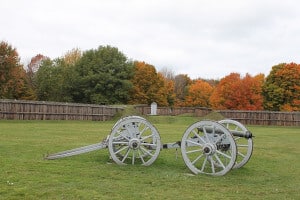
To maintain the manpower to support such a large navy, the British controversially recruited United States navy personnel into their navy. Consequently, the British were impeding the westward expansion of the United States. The United States declared war on Great Britain in June 1812.
In the early stages of the war, the American forces had some remarkable victories. The British were already fighting a major war with France, and their forces were spread thin across several fronts. However, in 1814, they had regrouped, and the course of the war was beginning to turn in their favor. They even invaded Washington D.C. and set the White House on fire.
The Battle of Baltimore
Baltimore was a significant seaport and became a target for the British. Things were looking difficult for the American forces, and on the evening of September 14th. The British began their bombardment of Fort McHenry in wet and misty conditions.

Coincidently, Francis Scott Key, who had previously opposed the war, was also in Baltimore. He was there to try and negotiate the release of a friend who was being held captive. He was on a ship moored in Baltimore harbor and saw the impressive aerial explosions above the city. Many people felt that the British flag would be flying above the fort by morning, but to everyone’s relief, they met the dawn and saw the American flag still flying.
Still aboard the ship, Key composed the song’s verse, capturing this moment on the back of a letter. The piece was created as an emotional response to a battle between the British and Americans, explaining its anti-British references.
On completing four stanzas, he named the song ‘Defense of Fort M’Henry.’ Key’s brother-in-law Joseph Nicholson had the words printed for distribution. Within days the song was picked up by newspapers across the United States.
The True Origins of the Song
Oddly enough, the song was set to a British song, a popular drinking song composed by John Stafford Smith for a London gentleman’s social club. That song had been called ‘To Anacreon in Heaven.’ It had already become a popular number in the United States and was not the first time the Americans had used the music. It had previously been adopted for a song called ‘Adams and Liberty’ by supporters of John Adams.
It took just a few days before the Baltimore Patriot newspaper reprinted the words.
The First American National Anthem
The first national anthem of the United States was (unofficially) ‘Hail Columbia’, written by Joseph Hopkinson in 1798. It was set to music by Philip Phile and used for the first inauguration of George Washington under the name ‘The President’s March.’ The song served as the national anthem for most of the 19th century. It eventually wained in popularity and was replaced by the Star-Spangled Banner in 1931.
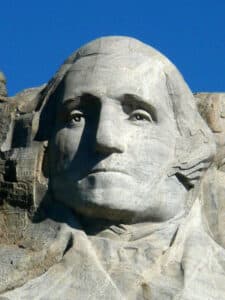
However, in 1916, the year before the United States entered World War I, President Woodrow Wilson signed an executive order stating that The Star-Spangled Banner should be played whenever the performance of a national anthem was appropriate, thus superseding Hail Columbia.
The American National March
The United States of America has two official pieces of music. The Star-Spangled Banner has served as the official national anthem since 1931, while The Stars and Stripes Forever has served as the official national march since 1987, according to the United States Department of Defense. John Philip Sousa wrote the music.
Objections to the Star-Spangled Banner
The Star-Spangled Banner appears to have been derided for various reasons throughout American history. Some music educators and professional vocalists voiced discontent with the song’s dynamic range, arguing that it was almost impossible to perform and teach the piece.
Pacifists criticized it for having an extremely harsh tone and for being a glorification of violence, among other things. The fact that a British composer penned the song enraged many nationalists in the United States.
They also expressed concern that our national song should not be what is essentially a drinking hymn, as it was in the 1920s, extolling the virtues of booze and sexual immorality.

Get Smarter on US News, History, and the Constitution
Join the thousands of fellow patriots who rely on our 5-minute newsletter to stay informed on the key events and trends that shaped our nation's past and continue to shape its present.
The original poem consisted of four verses, one of which was dedicated to slavery. Something like this would not be considered acceptable in today’s society. Fortunately, the four verses are not usually performed together as a whole.
While fighting for the British army during the War of 1812, hirelings were black slaves lured into fighting for the British with the promise of ultimate freedom if they managed to survive combat. The only other people named in the poem targeted for death or defeat are slaves and hirelings.
People of color were excluded from Francis Scott Key’s vision of America as “the land of the free and the home of the brave,” which was based on his personal experience as a slaveholder.
According to Jefferson Morley’s book on the racial riots of 1835, Snow-Storm in August, Key is alleged to have remarked publicly that year that “A distinct and inferior race of people” exists. Key is claimed to have declared in 1835 that “A distinct and inferior race of people, which all experience proves to be the greatest evil that afflicts a community.”
Who Wrote the National Anthem? Quiz
Frequently Asked Questions
Who wrote 'The Star-Spangled Banner' and when was it composed?
What was the original title of 'The Star-Spangled Banner'?
What was the first unofficial national anthem of the United States?
Why has 'The Star-Spangled Banner' faced objections throughout history?
When was 'The Star-Spangled Banner' officially adopted as the U.S. national anthem?
How useful was this post?
Click on a star to rate it!
Average rating / 5. Vote count:
No votes so far! Be the first to rate this post.
We are sorry that this post was not useful for you!
Let us improve this post!
Tell us how we can improve this post?

